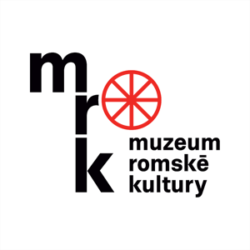Methodological pitfalls in the processing of testimonies
The numerous pitfalls in analysing the testimonies of Roma and Sinti in World War II are similar to those involved in other collections of testimonies. The intelligibility and testimonial value of the interview largely depends on the situation in which the interview was conducted, who conducted it and how, the relationship of trust or mistrust between the interviewer and the witness, the health of the witness at the time, and whether the interviewer could conduct the interview in the interviewee’s mother tongue. In the case of Romani witnesses, these general issues are compounded by the fact that for decades the non-Romani population was not interested in their testimony, and the genocide of Roma and Sinti was not - and often still is not - considered an integral part of the history of a particular region or state. This is also why many Romani survivors tell their wartime experiences in the context of their family history, as the wartime experiences have been passed down within the family from one generation to the next. Moreover, given the significant discrimination against Roma even in the pre- and post-war period, it is evident that in some testimonies the beginning and end of the war do not constitute significant milestones in their narratives.
In the course of our work on the database - and especially when processing the abstracts of the testimonies - we also came to realise how important it is to be familiar with Romani language, history and culture in order to record the information from the witnesses faithfully. The first version of the abstracts is therefore prepared by scholars of Romani studies; in this way, the processing does not distort the testimonies, and the abstracts also respect the importance of the information as presented in the testimonies. This first version of the abstracts then undergoes linguistic and stylistic editing, followed by checking and, if necessary, additions to the text by the historian.
No judgment is made about the truth of the testimony in the abstracts. We try to provide a summary of the testimony, with the emphasis primarily on the wartime experience. If historical events or personalities are mentioned in the testimony, clicking on the link brings up additional information about them. If the historiographical depiction of a historical event differs from how the event is described by a Roma witness, this will be indicated, but the reader will be left to decide how to deal with this information. While it is possible that the witness may have confused the course of the event for various individual reasons (for example, because of the time gap, or because they were very young at the time), it is also possible that the witness experienced or interpreted the event differently from how historians later interpreted it. This is also what makes Romani testimonies unique and rewarding.




